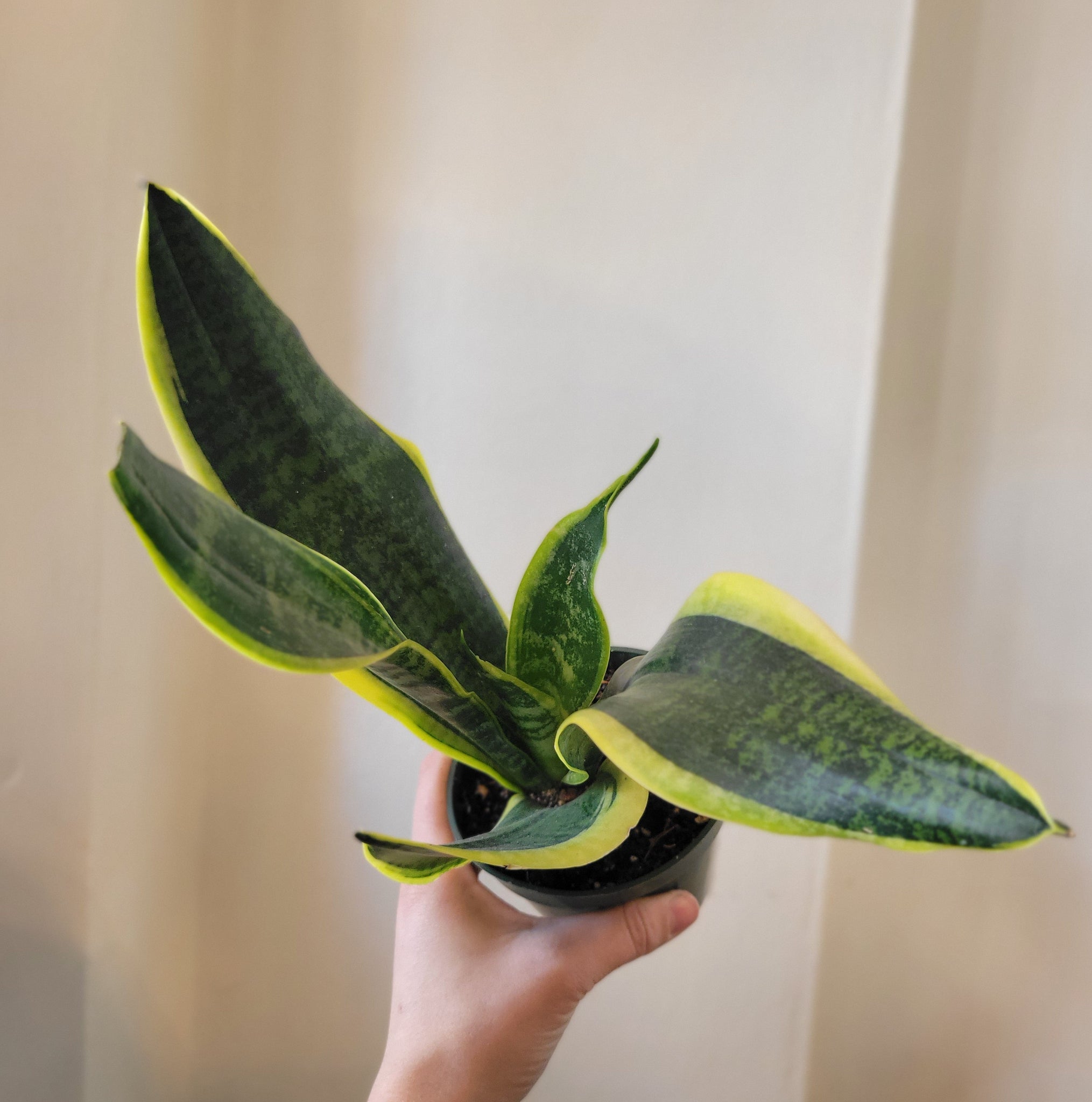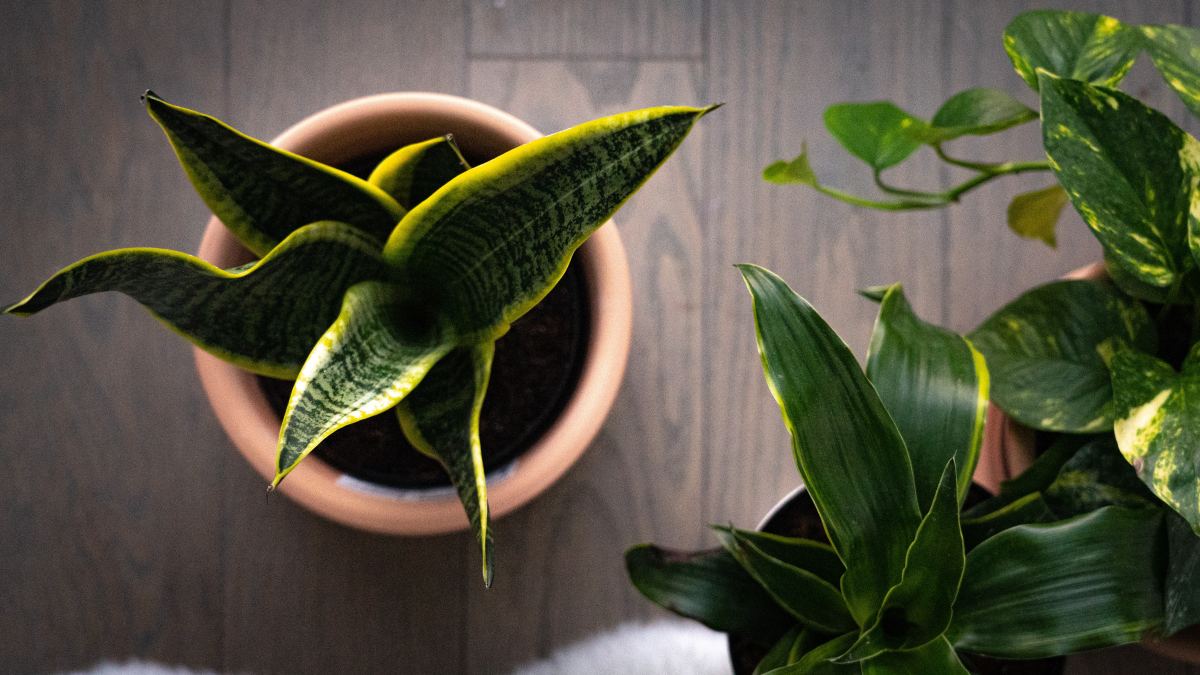How Snake Plant Leaves Turning Yellow can Save You Time, Stress, and Money.
Table of ContentsFacts About Snake Plant Leaves Turning Yellow UncoveredA Biased View of Snake Plant Leaves Turning YellowThe smart Trick of Snake Plant Leaves Turning Yellow That Nobody is DiscussingFascination About Snake Plant Leaves Turning YellowSnake Plant Leaves Turning Yellow - QuestionsSnake Plant Leaves Turning Yellow - Truths
Below are seven reasons your serpent plant's fallen leaves can be turning yellow and just how to fix it. A number of various plant problems can cause yellow leaves, or chlorosis. Chlorosis takes place when plants don't have the trace elements they need to produce chlorophyll, which makes foliage environment-friendly and allows plants to convert sunshine right into food.Snake plants are drought forgiving many thanks to their delicious fallen leaves (Snake Plant Leaves Turning Yellow). These plants grow ideal in loose, well-drained dirt that's enabled to dry completely between waterings and might only need water once each month during winter season. Overwatering can protect against origins from taking in dampness and nutrients that the plant needs and can also create root rot
A potbound plant can't take in nutrients from the dirt. If your serpent plant is chock-full or outgrowing its pot, this might be the reason for yellow leaves. An occasional yellow fallen leave is totally regular for a serpent plant. As the plant ages, old fallen leaves yellow, die, and go down off as they're replaced with new ones.
The smart Trick of Snake Plant Leaves Turning Yellow That Nobody is Talking About

If the fallen leaves on your snake plant are obtaining soft, it's generally an indication of way too much water. Snake plants shop water in their leaves and if they're overwatered, the fallen leaves can become soft and mushy. If you assume your serpent plant is being overwatered, permit the dirt to dry out completely before watering again.
Yes, some yellowing is normal and to be anticipated on older fallen leaves, particularly as snake plants age. If the plant is otherwise healthy and balanced and the fallen leaves are just lightly yellowed after that there is no reason for worry. If the leaves are considerably yellowed or if there are various other indicators of distress after that it's ideal to take activity.
The 6-Minute Rule for Snake Plant Leaves Turning Yellow

In general, serpent plants must be sprinkled every one to 2 weeks. If you assume your snake plant has actually been overwatered, the first action is to stop watering it.
With a little investigation, you should have the ability to figure out the reason and take actions to deal with the issue and have a healthy and balanced serpent plant. - Snake Plant Leaves Turning Yellow
Some Known Incorrect Statements About Snake Plant Leaves Turning Yellow
The serpent plant is a great houseplant. The snake plant is one of those plants that are terrific for expanding indoors in a terrarium, Serpent plants can grow rather large, but they additionally often tend to be quite low-maintenance. That doesn't mean you shouldn't focus on their look. Expect your at the base because of an absence of nutrients or various other troubles.
When the dirt is overwatered, the plant cells take in even more water than they can store. Drooping snake plant fallen leaves are triggered by soaked-up fallen leave cells shedding their firmness.
It is, consequently, extra likely that your plant will identify yellow spots on its leaves if you overfeed it with fertilizer throughout winter you can try here months. The fallen leaves of serpent plants are also susceptible to yellowing when overfed, particularly if the roots are breakable. Repotting your yellowing, sprinkling just when the dirt dries out, and giving ideal temperature level and light conditions can wait.
The Basic Principles Of Snake Plant Leaves Turning Yellow
To quit yellowing triggered by overwatering, stop irrigating the serpent plant up until the soil entirely dries out. Water your serpent plant only when the top 2 inches of soil really feel dry.
Your can be removed by cutting off the yellow pointers. The trimmed fallen leaves must grow longer if they are watered correctly and have optimal light and temperature level problems. It is very like it important to bear in mind that the sharp tips will not regrow, triggering them to stand out from the remainder of the leaves.
It will not take long for the leaves to regrow and grow like the healthy and balanced fallen leaves around them. Alternately, you can remove afflicted fallen leaves from the base of the plant. The shows that it's getting too much or too little light or nutrients. The vital message is to enable the serpent plant time to recoup.
Snake Plant Leaves Turning Yellow - An Overview
Scroll the article till the end to discover the service. Pay attention to this short article right here: The circumstance can be anticipated if you have actually had your serpent plant for a lengthy time, and yellowing takes place on the lower leaves as an all-natural aging cycle. Also, it prevails for the Sansevieria leaves to transform yellow as a result of amateur mistakes and when the plant is simply purchased from the nursery for repotting.
A few of one of the most common causes are detailed below. Sansevierias like dry environments and favor little water maintained at a gap of one or two times regular in summer and monthly in wintertime. However when the water dosage leaves control, your Sansevieria will struggle with overwatering. The most typical problem provided by overwatering is root rot causing mushy origins and stems find this with a foul scent.